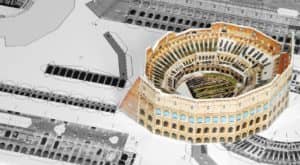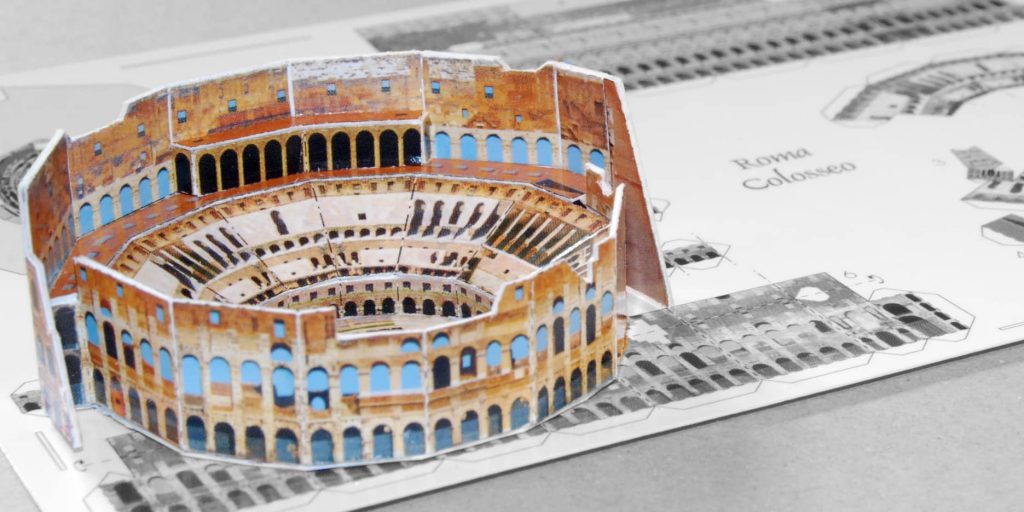THE COLOSSEUM, CURIOSITY ABOUT THE MOST FAMOUS MONUMENT IN THE WORLD
Did you know that the Colosseum is one of the seven wonders of the modern world? The Flavian amphitheater was started in 70 AD at the behest of Emperor Vespasian and was inaugurated in 1980 by his son Titus with 100 days of games. The Colosseum was built using more than 100,000 cubic meters of travertine, which were then reused for the construction of St. Peter’s Basilica and for civil buildings including Palazzo Barberini and the port of Ripetta. Today its impressive remains are only a third of its original structure.
The legends about his name
The Flavian amphitheater was wanted by Emperor Vespasian, of the Flavia dynasty, from whom it took its name. The term Colosseum has medieval origins and is related to different histories. It is said that the monument stood near a colossal statue of Nero, later lost, but also on a site in Rome dedicated to the goddess Isis, the “collis Isei”, “Iseo hill”. A legend also has it that pagan rites were held here aimed at the devil, so the priests asked the adepts gathered in the amphitheater “Colis eum?” (“Do you love him?”), hence the current name of the world’s best-known monument.

The amphitheater and the shows
The Colosseum was born as a setting of gladiator encounters and fierce animal fights, but not only. On some occasions it was filled with water to create evocative representations of naval battles. In the imperial era the frequent shows were the “venationes”, i.e. reconstructions of wild animal hunting, often exotic, specially brought to Rome.
Its grandstands could accommodate 50,000 to 75,000 spectators and the whole amphitheatre could be covered by a system of towels controlled by support ropes, to shade the stands on sunny days.
One of the seven wonders of the world
No longer in use for shows since the 6th century, the Colosseum was almost completely abandoned in time and mostly used as a quarry for reuse materials, until the recovery in the nineteenth century thanks to significant restoration work.
An absolute symbol of the city of Rome and its history, the Colosseum, along with the entire historic center of the city, has been included since 1980 in the list of UNESCO World Heritage sites and, since 2007, among the seven wonders of the modern world.



